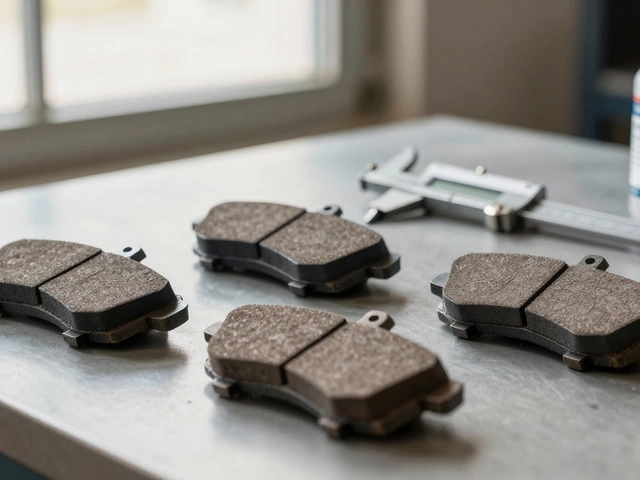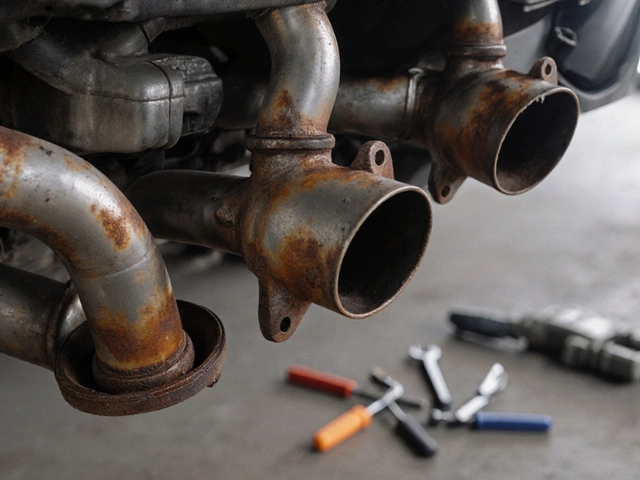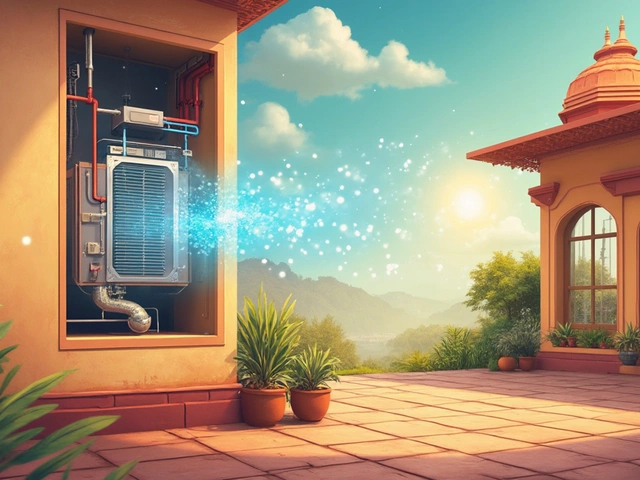Clutch Replacement Cost: What You Really Pay and Why
When your clutch starts slipping, grinding, or refusing to engage, you’re looking at a clutch replacement, the process of removing and installing a new clutch assembly to restore power transfer between engine and transmission. Also known as clutch repair, it’s one of those jobs that sounds simple until you see the bill. Unlike changing oil or brake pads, this isn’t a quick fix—it’s a major transmission-related repair that pulls apart your car’s core drivetrain.
The clutch kit, a set of components including the pressure plate, disc, and release bearing that work together to connect and disconnect engine power usually costs between $150 and $400, depending on your car’s make and whether you go with OEM or aftermarket parts. But the real shock comes from labor. Because the clutch sits right behind the engine and connects to the transmission, mechanics have to pull the transmission—or in some cases, the whole engine—to reach it. That’s 5 to 8 hours of labor, often pushing total costs to $1,200 or more. For larger trucks or luxury cars, it can hit $2,000. What drives the price up? The type of vehicle, the complexity of the transmission, and whether you need a new flywheel too.
Transmission repair, any work done on the gear system that transfers engine power to the wheels often overlaps with clutch replacement. If your clutch failed because of worn bearings or a leaking input shaft seal, those issues need fixing too. That’s why a quote that says "clutch replacement" might include parts you didn’t ask for. Always ask for a breakdown: parts, labor, and any additional components. Some shops throw in a new flywheel, the heavy metal disc bolted to the engine crankshaft that helps smooth out power delivery and provides the surface the clutch grips as standard—it’s smart to replace it at the same time since it wears out at the same rate.
There’s no one-size-fits-all number, but if your car is under 10 years old and has under 150,000 miles, you’re likely looking at $1,000 to $1,800. Older cars or those with manual transmissions in high-torque models (like performance sedans or diesel trucks) will cost more. And yes, doing it yourself saves money—but you’ll need a lift, specialty tools, and the patience to handle heavy components safely. Most people don’t realize that a worn clutch doesn’t just make shifting hard—it can damage the transmission if ignored. The longer you wait, the more expensive it gets.
What you’ll find below are real-world breakdowns of clutch replacement costs across different vehicles, tips on spotting early warning signs before it’s too late, and honest advice on whether you should DIY or leave it to the pros. No fluff. Just what you need to know before you hand over your keys—or your wallet.

How Many Hours Does It Take to Replace a Clutch? Real-Time Estimates for Common Cars
Replacing a clutch typically takes 4 to 8 hours, depending on your car model and mechanic experience. Learn what factors affect labor time, signs of a failing clutch, and how to save money on parts and labor.
CONTINUE READING








